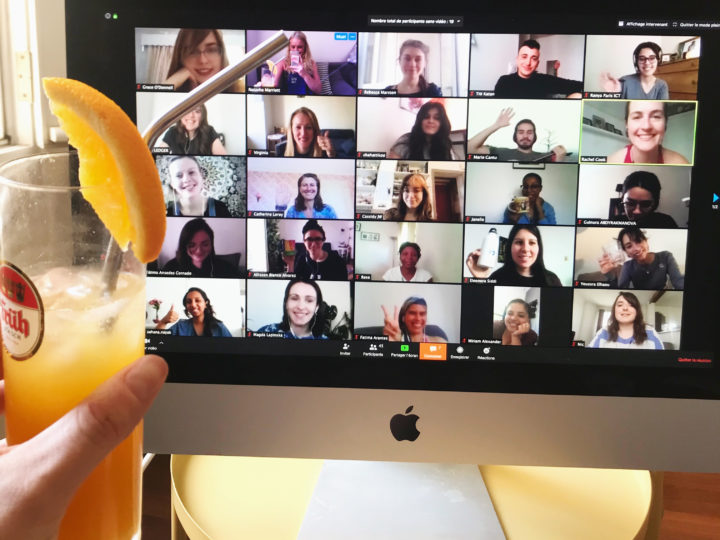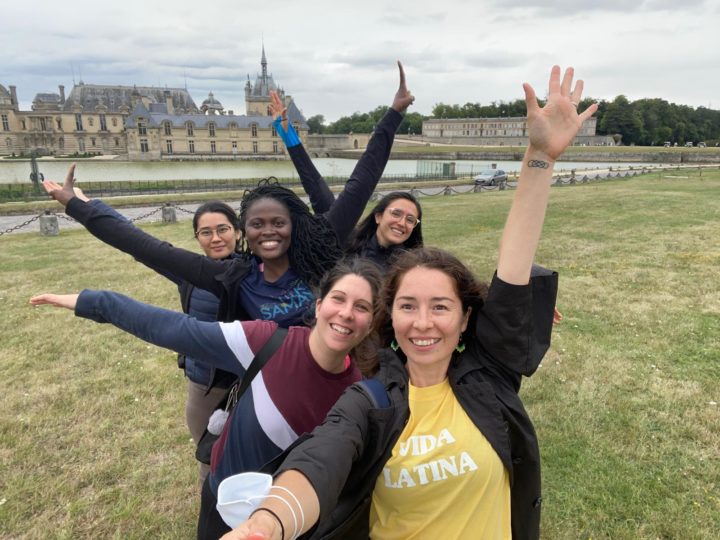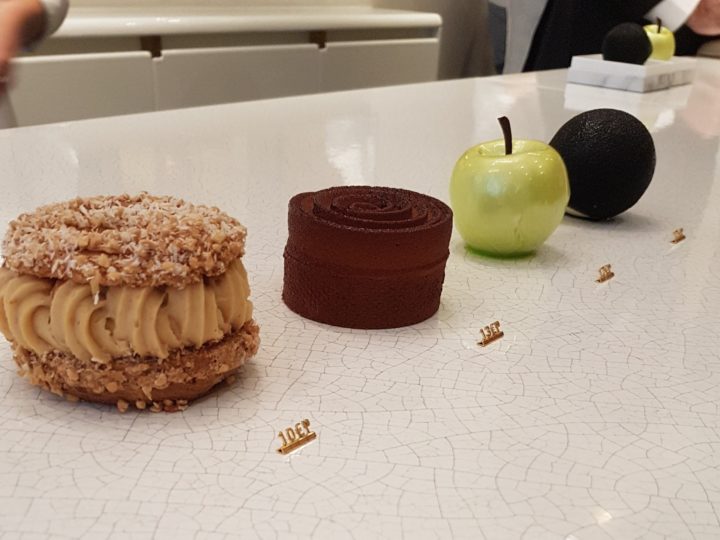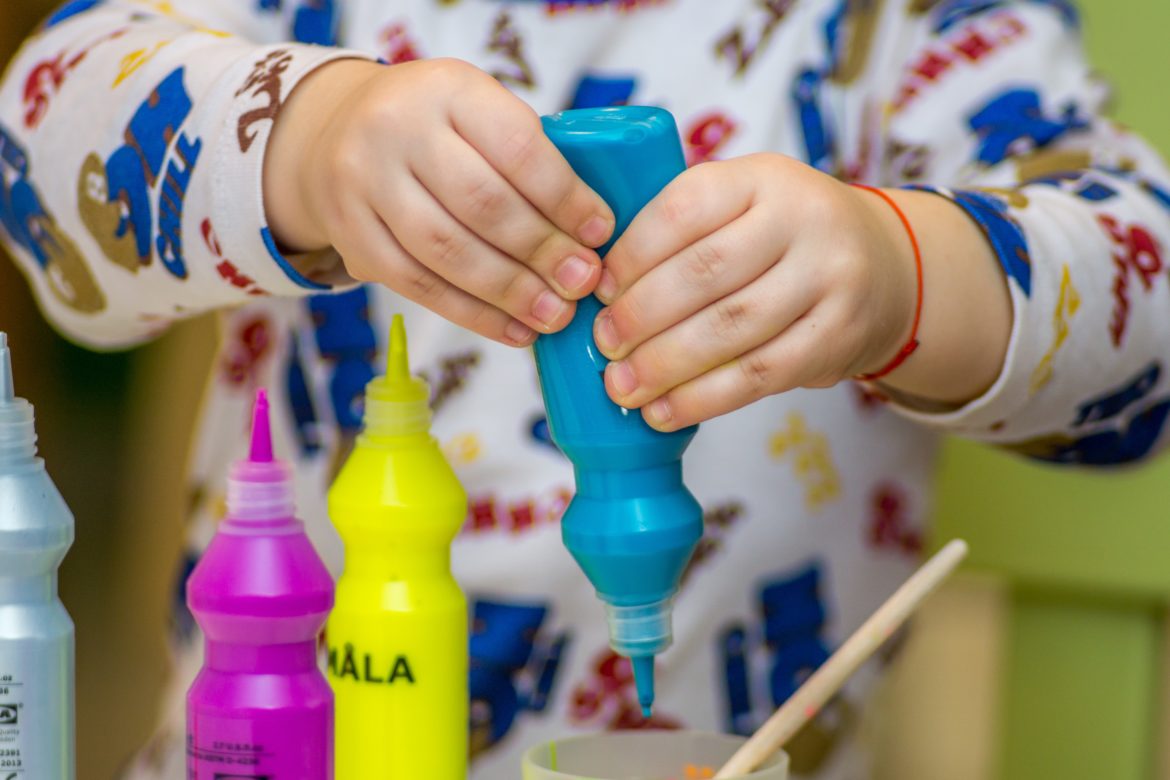
Childhood is the most curious phase of life. As parents, teachers or childcarers we should try to use this curiosity to develop a child’s skills. Here are 3 easy DIY science projects that you can do with kids using items mostly found at home. These experiments are ideal for kids aged 6 and above but some can be enjoyed by little ones too. We need to keep in mind all the safety rules while doing these experiments while having fun. Also with older kids, it could be a nice way to make them familiar with certain scientific facts which could help them academically.

Photo courtesy of Gally Kids
DIY Science Experiment 1: Self Inflating Balloon
What you need:
- An empty plastic water bottle (clean and dry)
- A non-inflated balloon
- 1 tsp baking soda
- 1/4 cup vinegar
- a funnel (optional)
What to do:
- Take vinegar in the plastic bottle and keep the mouth of the bottle open
- Add the baking soda into the balloon. It may be easier to use a small funnel for this step to avoid mess and make sure the baking soda is actually in the balloon.
- Invert the open end of the balloon and seal it over the mouth of the bottle and hold it firmly in place to ensure there are no gaps. You may also use an elastic band to hold them tightly together.
- Lift up the rest of the balloon to pour the baking soda inside the bottle, while continuing to hold the balloon at the seal.
- As soon as the vinegar and baking soda react, it will start to bubble and inflate the balloon
Scientific fact- When the vinegar and baking soda mix together, carbon dioxide gas is produced and this gas causes the balloon to inflate.
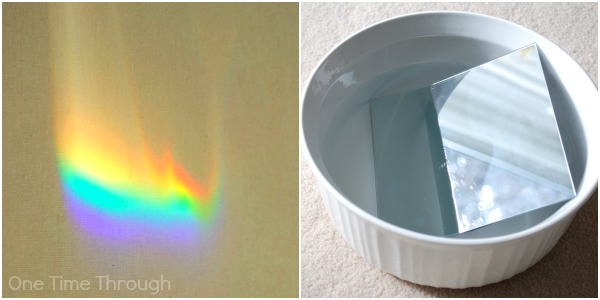
Photo Courtesy of One Time Through
DIY Science Experiment 2: Create your own rainbow with a mirror
What you need:
- A shallow pan/tub
- Water
- A flashlight or sunlight
- A white surface or piece of paper
- A mirror
What to do:
- Fill the shallow pan about half way full with water
- Dip the mirror in the water at an angle, submerging it halfway through
- Shine the light into the water where the mirror is under water (or, using the sunlight, bring the pan and mirror outside so the sun can shine on the mirror underwater)
- Hold the white paper above the mirror; adjust the angle until you see the rainbow appear!
Scientific fact- This experiment is based on the principles of reflection and refraction. When you shine the white light of your flashlight (or the white light coming from the sun) into the water, the light bends. But white light isn’t just one colour; instead, it’s a combination of all the visible colours. So when white light bends, all of its components (red, orange, yellow, green, blue, indigo and violet light) also bend. Each of these colours bends at a different angle because each colour travels at a different speed inside water or glass. When you reflect the light back out of the water using the mirror, you’re reflecting the white light that has been broken up (from refraction) into the full rainbow of colours, and a rainbow appears!
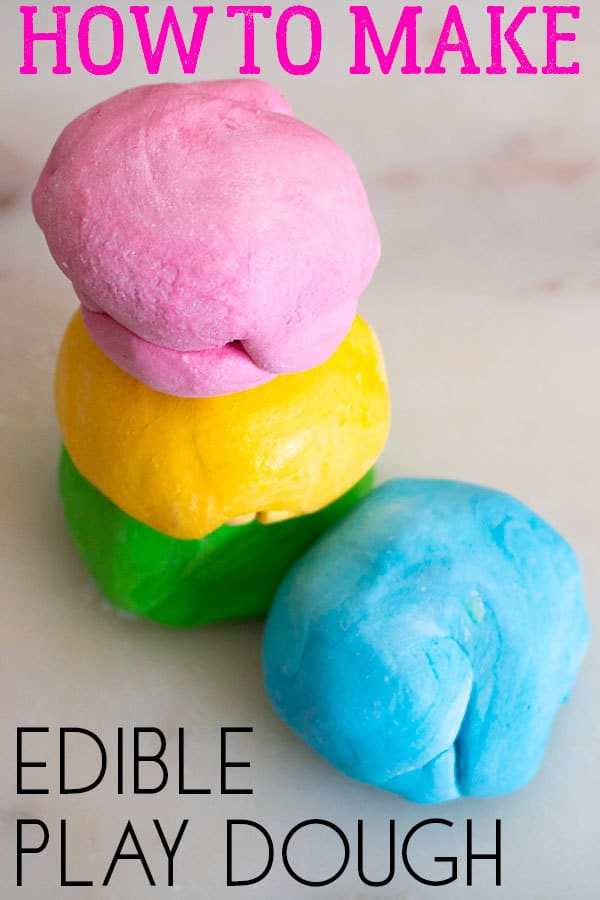
Photo courtesy of Rainy Day Mum
DIY Science Experiment 3: Homemade Edible Playdough
What you need:
- 4-5 Marshmallows (white or coloured)
- 1 cup Powdered sugar/Icing sugar
- Food colour (optional)
- Microwave friendly bowl
- Spatula
What to do:
- Heat the marshmallows in the microwave for 1-1.5 minutes, but heating only 30 seconds each time and letting it cool and heat it again. If you feel it has softened enough to knead, you may stop
- Once done, knead them well with a spatula to get a dough like form. You may add few drops of food colour you like
- At this point the dough will be very sticky. Add powdered sugar little by little, mixing well till you get the right consistency
- Enjoy making fun shapes with the children!
Note: Though the dough is edible, it is advised not to be eaten. Because of it’s sticky nature, there is a risk of choking. But in case the child ingests a small amount it is not toxic.
Want some more ideas for fun activites for children? Check out our blog post on some daily things to add to your routine!
Happy experimenting!!


